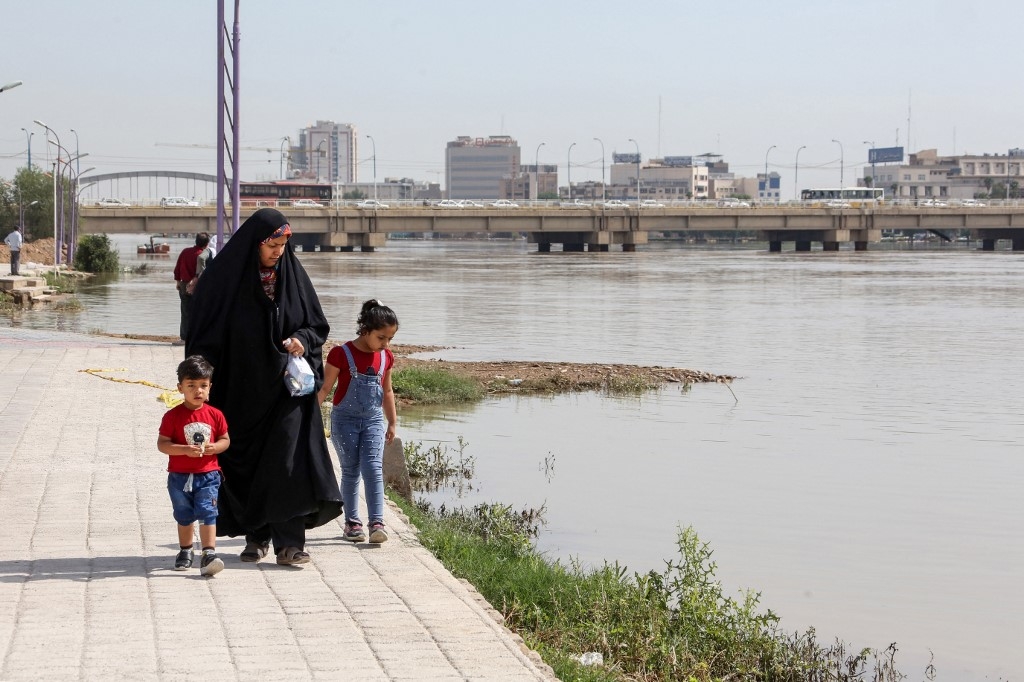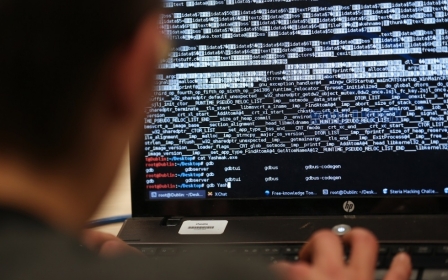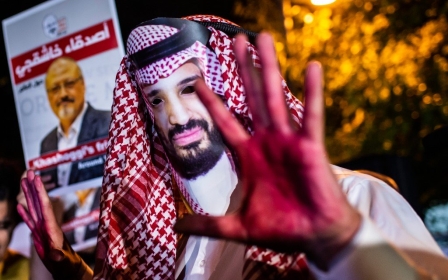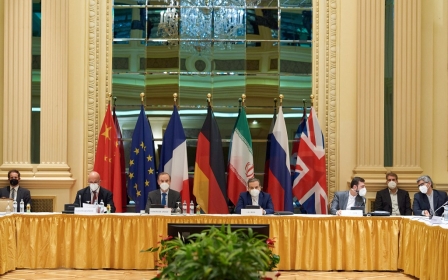Iran: Water shortage prompts protests in restive southwest

Khuzestan province in southwest Iran saw overnight protests and clashes between demonstrators and riot police on Friday as severe water shortages continued, according to video footage posted on social media.
The province, which borders Iraq, has a sizable Arab population, which has long complained of discrimination.
Videos circulating on Iranian social media accounts since Thursday evening show protesters chanting anti-government slogans, many in Arabic, while riot police attempt to disperse the crowds. No arrests or casualties have been reported.
Middle East Eye could not independently verify the authenticity of the videos. State media have not covered the protests.
Since 2018, the water crisis has prompted protests in various provinces across the country, including Ardabil in the northwest and Bushehr and Khuzestan in the southwest, with protesters accusing the government of mismanagement and corruption.
The governor of Khuzestan, Qasem Soleimani Dashtaki, appeared on state media later on Friday and denied that any protests took place.
"State television should report what we are saying and show the image of the buffaloes that perished from lack of water," an elderly protester said on a video carried by the regional Asrejonoob news website, cited by Reuters.
'There is no water'
In recent months, Iranian officials have acknowledged the water scarcity crisis, with Energy Minister Reza Ardakanian saying that 2021 is witnessing one of the worst droughts the country has seen in 50 years.
A senior water management official, Ahad Vazifeh, said last month that “bluntly speaking, there is no water.”
Speaking to the state-run ISNA news, Vazifeh, who serves in the Iran Meteorological Organisation's centre for drought, explained that since last summer, precipitation has been 40 percent less than average.
In some regions in the south and east, he said, there has been a 50-85 percent reduction in precipitation this year.
He attributed the crisis to rising temperatures, which have been two to three degrees higher this year, compared to long-term average temperatures.
With the lack of water, dams have been unable to produce enough hydroelectric power, leading to power shortages in the summer as more people are using air conditioners, he said.
The water shortage unrest comes in the midst of an economic crisis exacerbated by the impact of US sanctions and the Covid-19 pandemic.
Thousands of workers in the energy sector have taken part in protests and strikes in recent weeks demanding higher wages and better working conditions.
Middle East Eye propose une couverture et une analyse indépendantes et incomparables du Moyen-Orient, de l’Afrique du Nord et d’autres régions du monde. Pour en savoir plus sur la reprise de ce contenu et les frais qui s’appliquent, veuillez remplir ce formulaire [en anglais]. Pour en savoir plus sur MEE, cliquez ici [en anglais].




